Samantha Rose Designs
Discover the Delights of Winter House Plants. The winter season often brings with it a longing for the lush, vibrant hues of nature, and what better way to satisfy that yearning than by inviting the verdant beauty of indoor plants into your home? Winter house plants do not just fill a decorative niche but come with a bundle of benefits. In this post, we will explore these advantages and introduce you to some stunning winter wonders that are easy to care for and can transform your interior spaces.
Low Light Requirement
Winter is synonymous with shorter days and diminished light, but did you know there are house plants that actually flourish in these conditions? Plants like the peace lily, snake plant, and pothos, have adapted to survive in low light and even appreciate the winter’s subdued illumination. This makes them the perfect companions for spaces that lack the summer’s abundant sunlight, ensuring greenery is still a part of your home’s winter wardrobe.
Improving Air Quality
One of the more surprising benefits of house plants is their ability to purify the air. Many varieties, such as spider plants and rubber plants, act as natural air filters. They absorb common household toxins, providing a breath of fresh air inside when it’s too chilly to venture outside. Integrating these plants into your space doesn’t just elevate oxygen levels but also helps to remove pollutants that are prevalently trapped indoors during winter.
Aesthetic Value
Aesthetics play a significant role in choosing house plants, and winter varieties offer a stunning array of options to enhance your décor. From the lush, deep greens of ferns to the vivid blooms of Christmas cactus, these plants add a touch of sophistication to any room. They serve not only as standalone pieces of natural art but also as a means to tie together various elements of your home décor, giving life and color to every corner.
Easy Care
Perhaps the most inviting feature of winter house plants is their reputation for being low maintenance. These resilient species require minimal watering, feeding, and care — an ideal match for the busy homeowner or those new to plant parenthood. With a little attention, they can remain vigorous and attractive throughout the colder months, easing the oft-dreaded workload that can be associated with more demanding plants.
Unique Selling Points
Best Varieties of House Plants
When choosing winter house plants, it is important to consider the conditions of your home and your ability to provide the care that specific varieties require. Here are some hardy and attractive plants that are well-suited to indoor living during the winter months:
- Peace Lily: An elegant plant with dark green leaves and white flowers, the peace lily thrives in low light and requires minimal care. It is also known for its air-purifying abilities.
- Snake Plant: Tough and resilient, snake plants can survive in a variety of conditions, including low light and dry heat. They are famous for converting CO2 into oxygen at night, promoting better sleep.
- Pothos: These plants are popular due to their beautiful trailing leaves. They can survive in a variety of lighting conditions and require infrequent watering.
- Spider Plant: One of the easiest houseplants to grow, spider plants are adaptable and forgiving. They produce tiny white flowers and have air-purifying properties.
- Rubber Plant: With its glossy, dark green leaves, the rubber plant is a beautiful addition to any indoor space. It is also known for its air-cleaning properties.
In essence, the best winter house plants are those that can thrive in your home’s conditions and align with your lifestyle. Each of these plants brings something unique to your space, enhancing its aesthetic charm while also improving its air quality. Winter house plants come with a host of unique selling points that make them particularly appealing during the frostier months. Their long-lasting beauty ensures they are a cost-effective addition to your home, remaining perennially graceful with the right care. They are natural mood lifters, brightening up your interiors when skies are often grey, directly impacting your well-being by bringing a sense of the outdoors in. A variety of options means you can find fresh flowering plants for pops of color, or lush green foliage for a more understated elegance.
Conclusion
As the nights draw in and we spend more time indoors, it is the perfect opportunity to enhance our living spaces with the simple beauty of winter house plants. Whether you are a seasoned plant lover or looking to start your collection, these winter-friendly varieties offer a host of benefits that go beyond the mere decorative, creating a healthier, more inviting atmosphere in your home. So why not bring a piece of the garden indoors this winter and enjoy the tranquility that these delightful house plants can provide? Embrace the cold season with warmth and greenery – your senses (and your health) will thank you!
Samantha Rose Designs Offers Fresh Green and Flowering Plants
Green & Flowering Plants
Same-Day Delivery Service
Samantha Rose Designs offers a nice selection of green, flowering and tropical plants. We provide same-day delivery service. Plants are any organism that, like animals, can make their own food with the help of light. They do this using photosynthesis, which is a process that converts carbon dioxide and water into glucose and oxygen. Plants are also able to produce their own energy through respiration, which is the opposite process of photosynthesis: it converts glucose into carbon dioxide and water.
There are many different types of plants, including flowering plants (which have seeds), conifers (which have cones), ferns (which have spores), mosses (which have spores), algae (which are not considered true plants because they do not have stems or roots), fungi (which are not considered true plants because they do not have seeds or flowers), and bacteria.
Flowering plants are by far the most common type of plant on Earth today. There are more than 300,000 species of flowering plants in existence today–about half as many species as there are animals! The most popular flowering plants include tulips, roses, daisies, and sunflowers. There are so many different kinds of plants that it’s hard to keep track of them all. One way to classify them is by their location: some live in water (called aquatic plants) or on land (terrestrial plants). They can also be classified by how they reproduce: some reproduce sexually (seed plants), while others reproduce asexually (rootstocks). Some plants grow quickly (annuals) while others take longer to mature (perennials).
POPULAR PLANT VARIEITES
Green Plants – Green plants are photosynthetic organisms that use chlorophyll to convert sunlight into chemical energy. Green plants also contain specialized structures known as chloroplasts, which can harness the light energy in order to synthesize food.
Plants are multicellular organisms that have cellulose cell walls and vascular tissues. Most green plants have roots, stems, leaves, and reproductive structures (flowers). They also have an organelle called the chloroplast where photosynthesis takes place. Green plants differ from other plants because they use chlorophyll in their cells instead of red or blue pigments like most other plant species do.
Flowering Plants – Flowering plants are plants that have flowers, which are the reproductive organs of the plant. The flower is made up of four main parts: sepals, petals, stamens, and carpels.
Flowering plants differ from non-flowering plants in several ways. First and foremost, flowering plants have flowers while non-flowering plants do not. Secondarily, flowering plants are part of a larger group called angiosperms (which means “vessel seed”). Angiosperms have seeds that are enclosed in a protective structure called an ovary. Finally, flowering plants have vascular tissue, which allows them to transport water throughout their bodies.
Succulent Plants – are types of plants that store water in their leaves and stems. Some succulents are also drought-resistant and grow in a variety of climates, from desert to rainforest. Succulents come in a wide range of shapes and sizes, but they all have one thing in common: they all hold water very efficiently. There are many different types of succulents, including cacti, aloes, crassula’s and many more. Some succulents can grow in full sun, some prefer partial shade and some need full shade. They all have thick leaves or stems that help them store water for long periods without needing to drink it themselves.
Samantha Rose Designs
CALL US TODAY!! 678-486-7111
2365 Windy Hill Road SE
Marietta, GA 30067

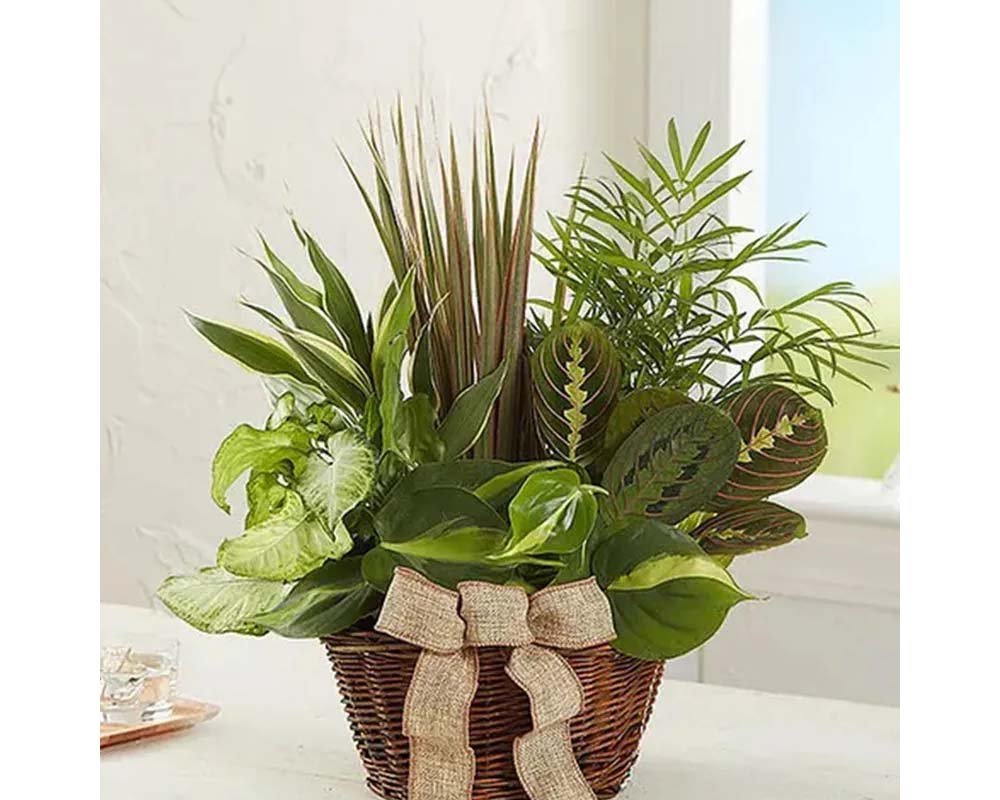
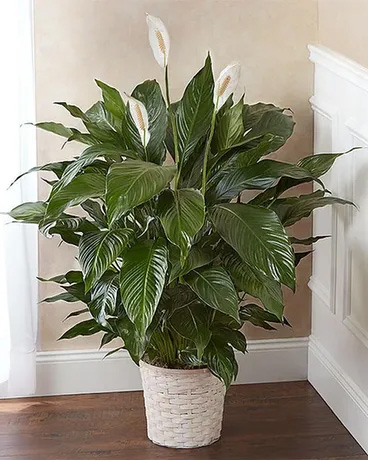
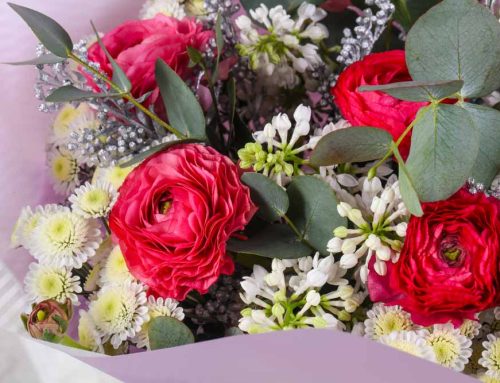
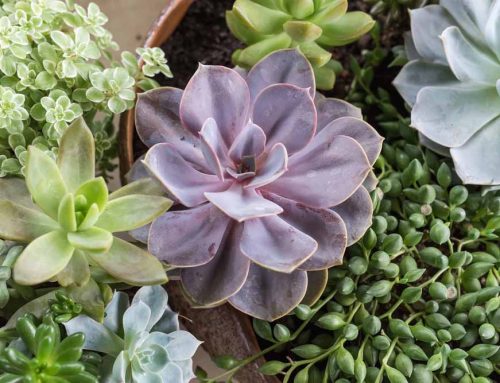
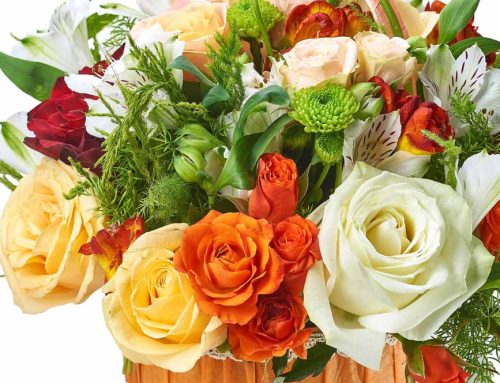
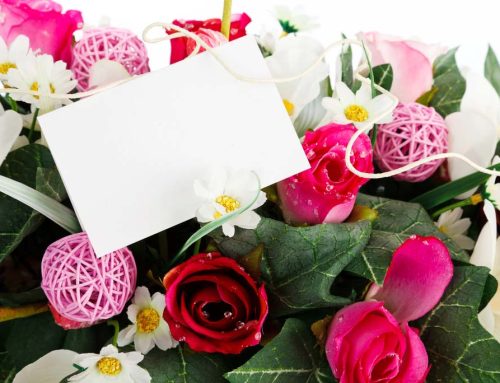
Leave A Comment